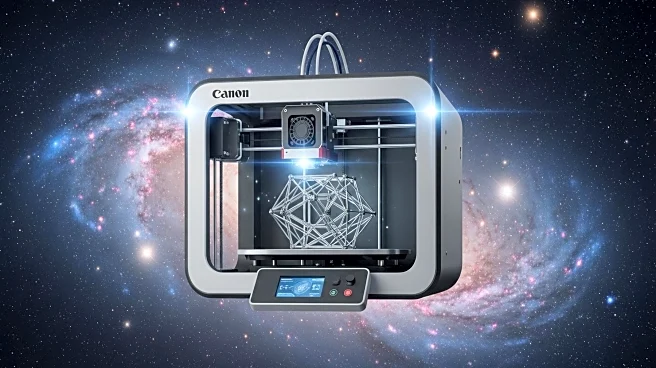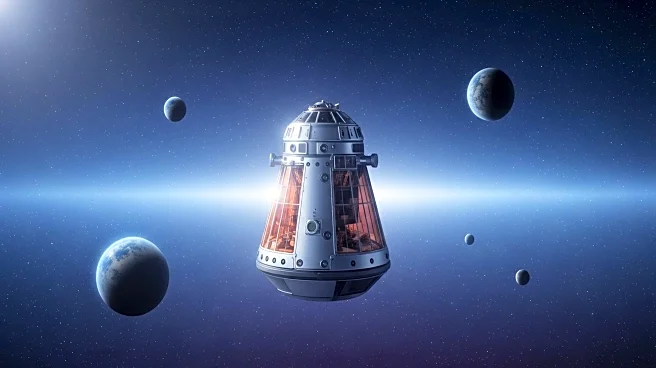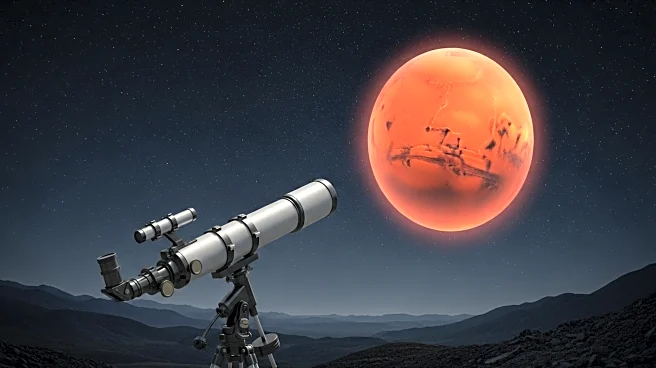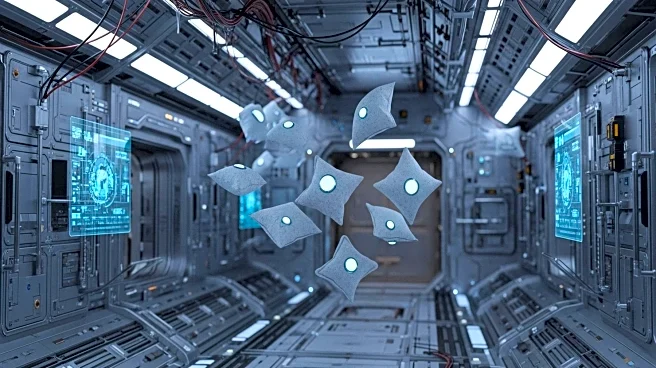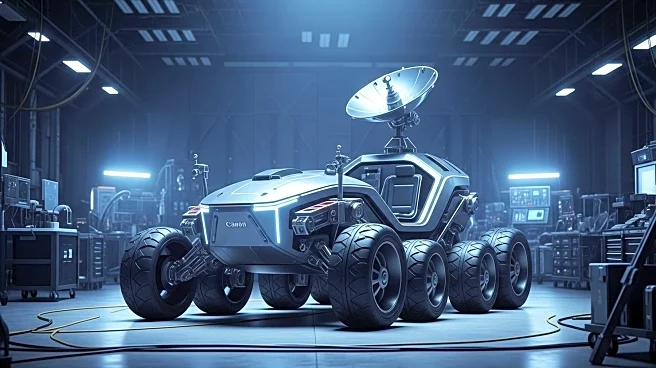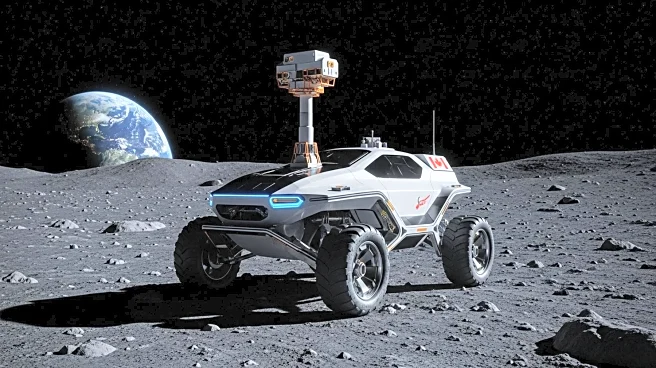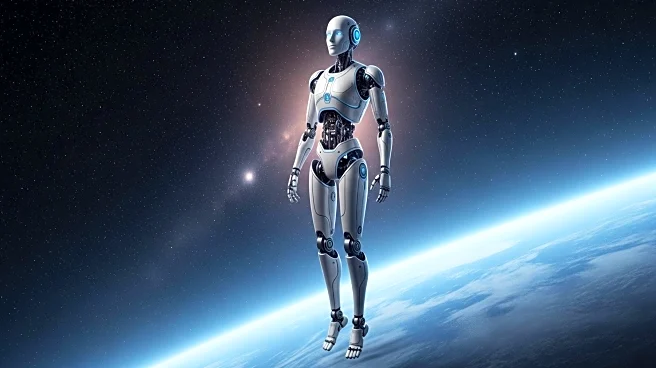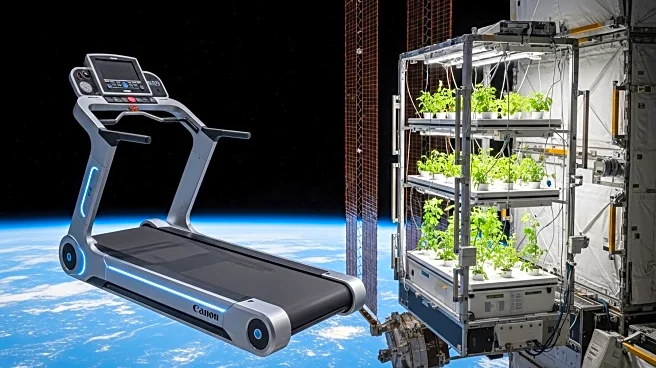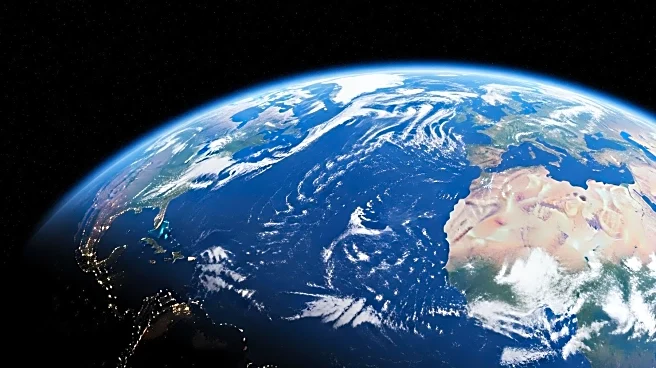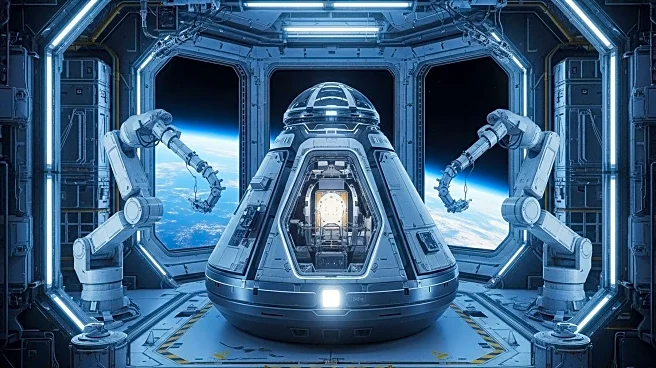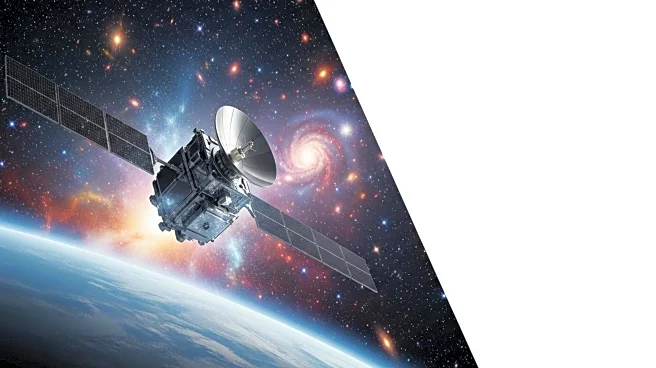What is the story about?
What's Happening?
NASA and the European Space Agency (ESA) have successfully produced the first metal part ever created off Earth using a European-built Metal 3D Printer aboard the International Space Station (ISS). This stainless-steel test piece was printed inside ESA's Columbus module by astronaut Andreas Mogensen. The wire-fed system employs a high-power laser to melt stainless-steel wire as it is deposited. The printed sample returned to Earth for analysis in February 2025, marking a significant step in materials science. This development follows earlier experiments with plastic printing and regolith simulant, building a practical framework for manufacturing in space. The initiative aims to understand how microgravity affects the properties of printed metals, which could inform future space missions and terrestrial industries.
Why It's Important?
The ability to print metal components in space is crucial for reducing dependency on costly and slow resupply missions, especially for long-term operations like those planned for the Artemis program, lunar surface activities, and Mars transit. This advancement could enhance the strength, quality, and reliability of metal prints in orbit, benefiting sectors such as aerospace and maritime on Earth. The research provides a baseline for understanding how microgravity alters material properties, potentially leading to more efficient and adaptable manufacturing processes in space. This could revolutionize how tools and components are produced for space missions, offering greater flexibility and reducing logistical challenges.
What's Next?
Future steps involve ensuring that space-printed metals meet the same certification standards as Earth-made parts, including repeatable properties and robust non-destructive testing. Challenges such as radiation, vibration, and thermal cycling need to be addressed to expand the dataset and ensure flight-critical use. Ongoing testing will focus on adapting printing strategies to optimize production in microgravity, potentially leading to more widespread use of 3D printing in space missions. As the technology matures, it could significantly impact how space missions are planned and executed, offering new possibilities for exploration and habitation beyond Earth.
Beyond the Headlines
The implications of microgravity manufacturing extend beyond immediate space missions. This technology could lead to long-term shifts in how industries approach manufacturing, with potential applications in remote or extreme environments on Earth. Ethical considerations may arise regarding the environmental impact of increased space manufacturing and the potential for space debris. Additionally, the collaboration between international space agencies highlights the importance of global partnerships in advancing space technology and exploration.
AI Generated Content
Do you find this article useful?
